
AI is revolutionizing everything—from your Netflix recommendations to self-driving cars—but not enough people are talking about the giant environmental mess it’s leaving behind. We all know AI devours electricity, but did you know it’s also draining water supplies, fueling e-waste, and creating an insane demand for rare minerals? Let’s pull back the curtain on the environmental cost of AI that everyone should be concerned about.
AI’s Water Guzzling Problem—Thirstier Than You Think
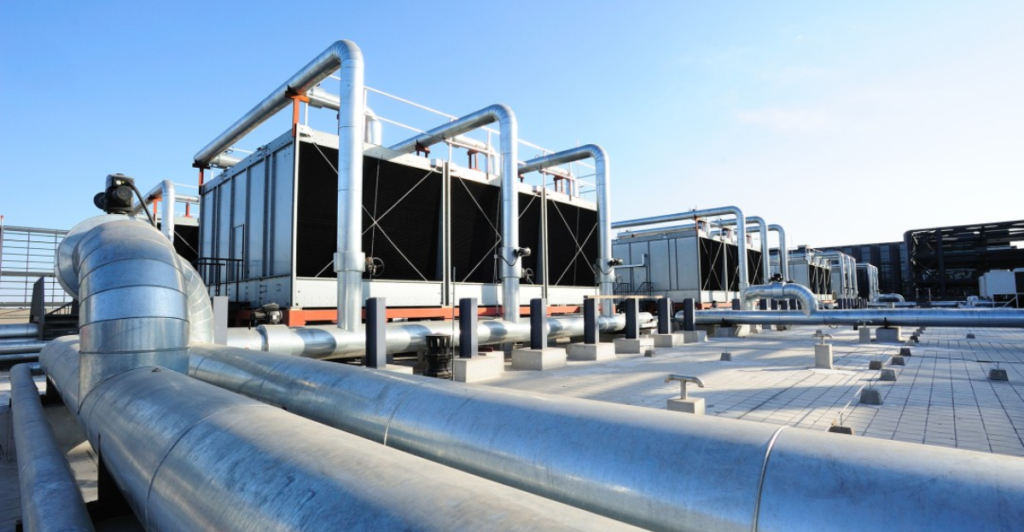
Your AI chatbot is actually draining the water supply. Data centers need massive amounts of water to cool down their overheating servers. Just one AI model training session can use as much water as a small town does in a day. And the worst part? These data centers are often built in areas already struggling with droughts.
The AI E-Waste Mountain—Where Old Tech Goes to Die
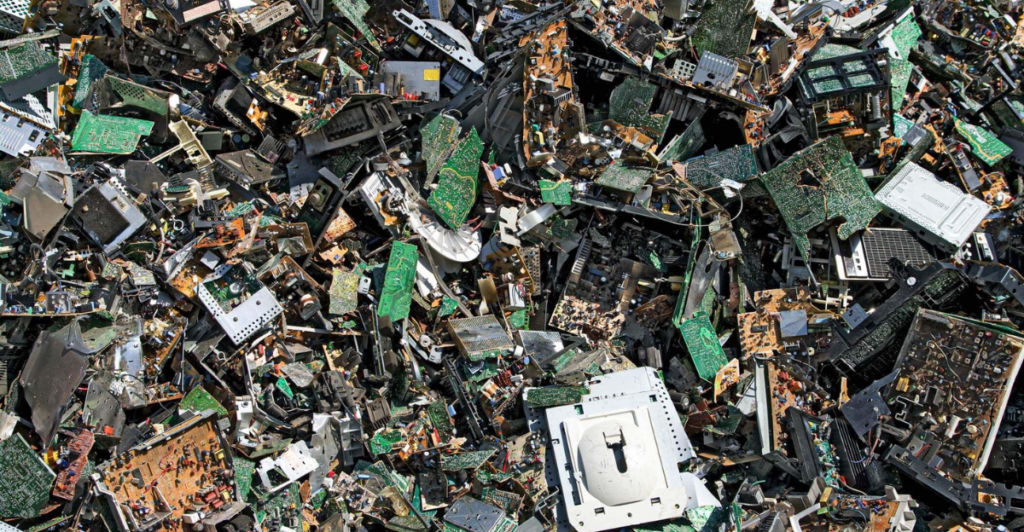
AI’s rapid growth means constant hardware upgrades, which means more electronic junk. Outdated GPUs, fried circuit boards, and massive servers don’t just disappear—they pile up in toxic e-waste dumps, leaking chemicals into the soil. Right now, we only recycle 20% of global e-waste. The rest? It’s rotting in landfills.
AI Runs on Rare Minerals—And Mining Them Is a Disaster
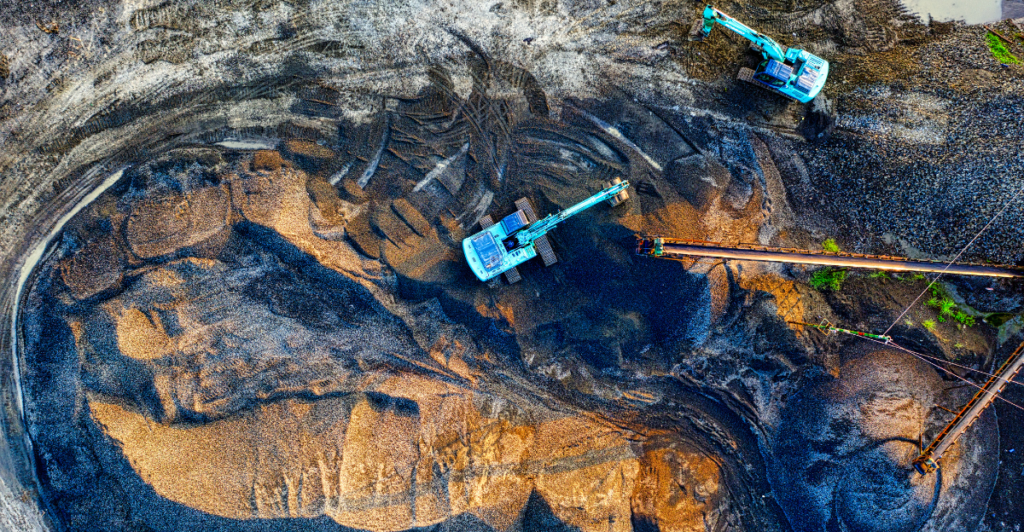
You can’t run AI without rare earth metals like lithium, cobalt, and nickel—and getting those materials is a nightmare. Mining for them destroys ecosystems, pollutes rivers, and exploits workers. It’s not just bad for the planet; it’s bad for people, too. The more AI we use, the more we’re fueling this destruction.
The Carbon Footprint No One’s Talking About
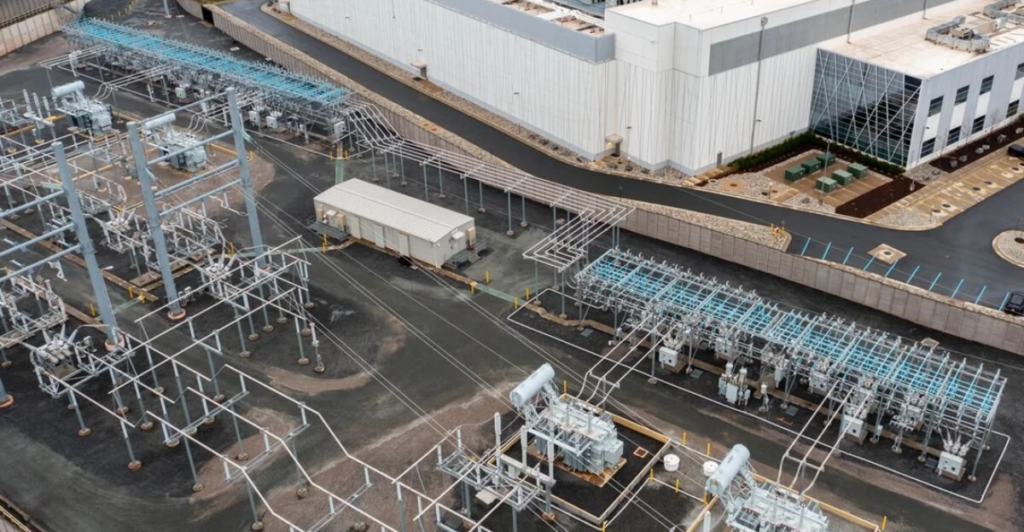
AI needs energy—a lot of it. Training one large AI model emits as much CO₂ as five cars over their entire lifetime. That’s just one model. Now multiply that by thousands of AI projects being trained every year. Instead of helping fight climate change, AI might actually be making it worse.
AI’s Sneaky Role in the Energy-Water Crisis
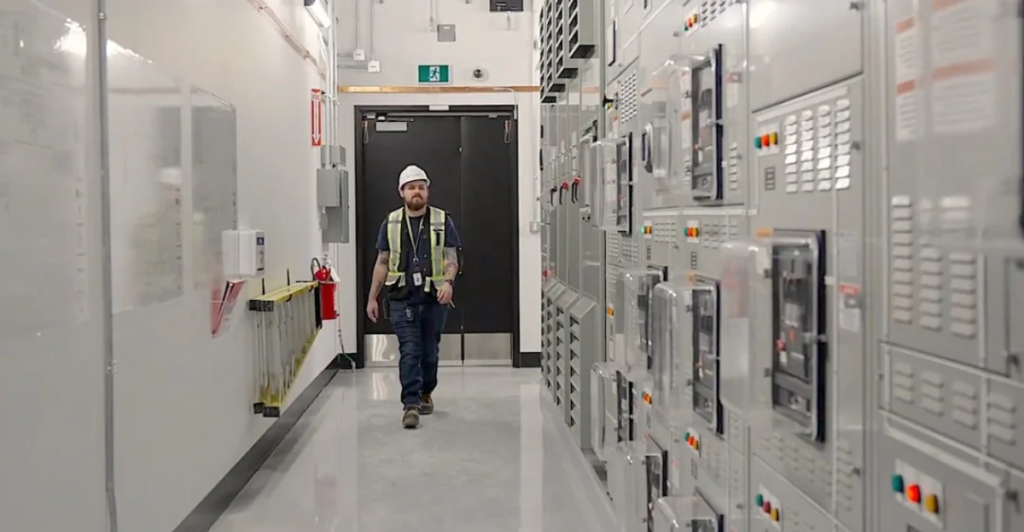
AI doesn’t just use energy—it also affects the water supply indirectly. Most power plants that generate electricity for AI data centers use water for cooling. The more AI demands power, the more water is used for electricity generation. It’s a never-ending cycle of resource depletion.
Data Centers Are Becoming Pollution Hubs
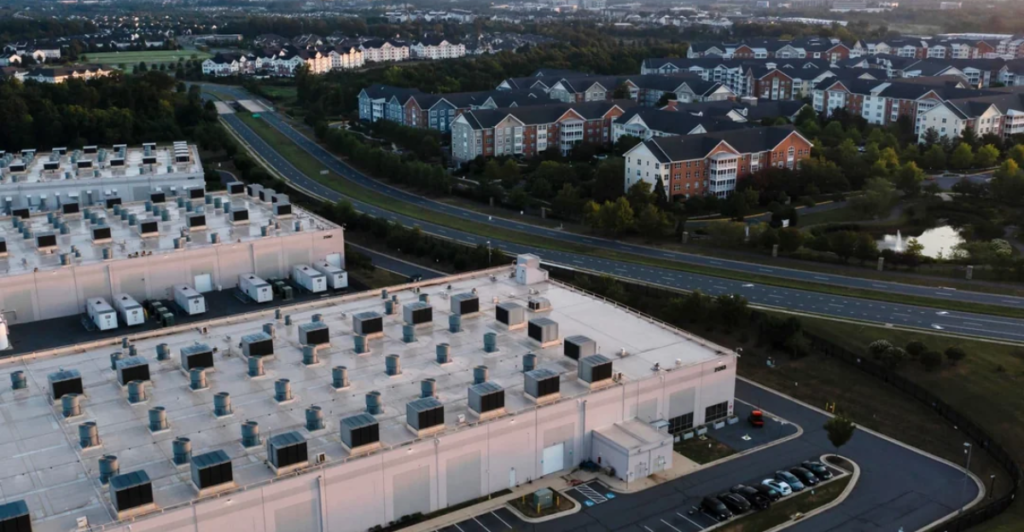
Remember when we thought data centers were just harmless buildings full of servers? Think again. These facilities release carbon, contribute to air pollution, and cost billions in environmental damage. In 2023 alone, data center pollution caused $1.5 billion in health-related costs.
AI’s Water Footprint—Why No One’s Talking About It
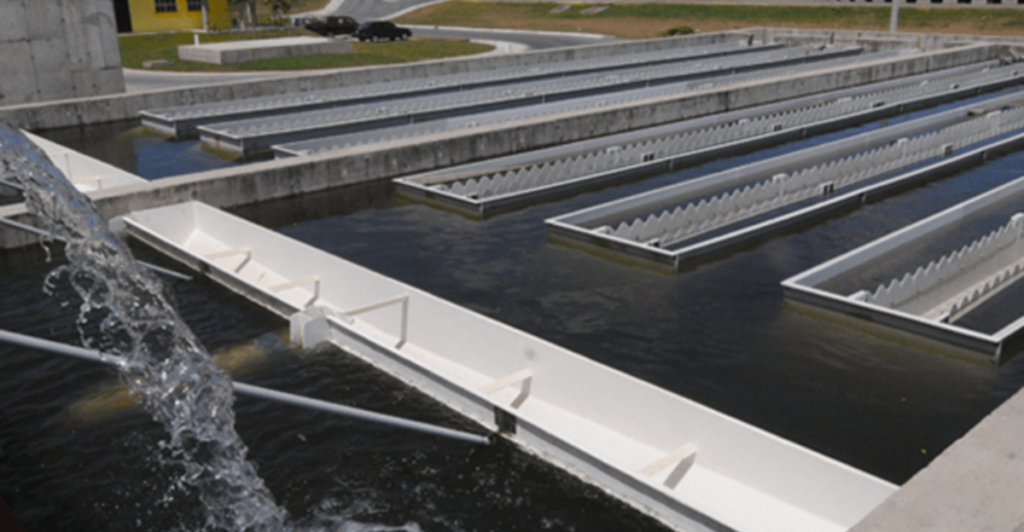
Data centers don’t just guzzle energy, they evaporate billions of gallons of water every year. And if AI usage keeps growing, by 2027, it could consume as much water as 6.6 billion people do annually. That’s right—AI is stealing our drinking water, and no one is stopping it.
AI’s Climate Paradox—Is It Helping or Hurting?
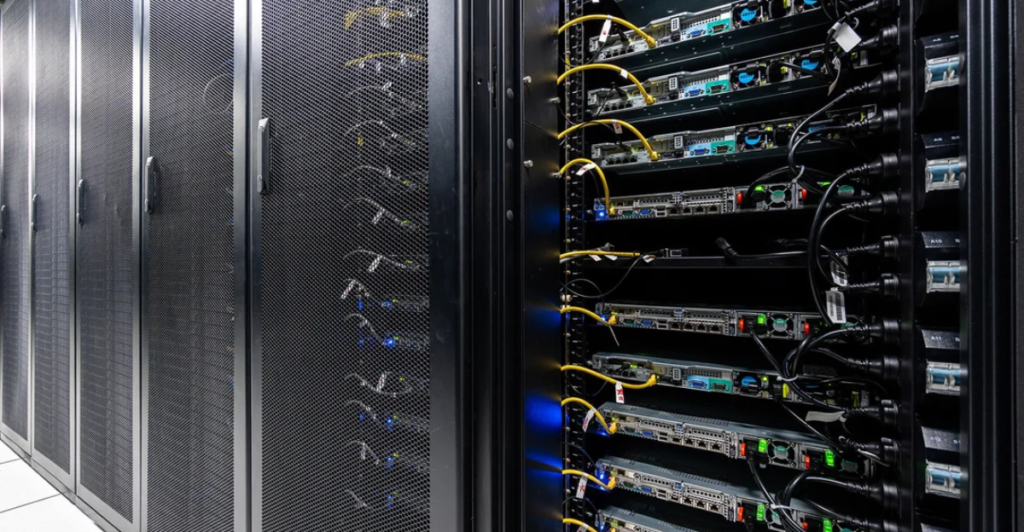
Everyone says AI can help fight climate change—and sure, it can optimize energy grids, predict weather patterns, and help with conservation. But at the same time, training and running AI models consumes so much power and water that it might cancel out the benefits. Is AI really helping, or just creating more problems?
The “Green AI” Myth

Tech giants love to say they’re making AI sustainable, but is it actually happening? Sure, some companies are using renewable energy to power their servers, but the demand for AI is growing so fast that sustainability efforts can’t keep up. Green AI sounds nice, but it’s not the reality just yet.
Governments Are Finally Paying Attention

For years, AI companies have operated with zero regulations on their environmental impact—but that’s changing. California is leading the charge, proposing laws that would force data centers to disclose their energy and water usage. The catch? Most AI companies don’t want to be held accountable.
What Can We Do About It?

We can’t stop AI, but we can demand that companies take responsibility for its environmental impact. Tech companies need to be transparent about how much energy, water, and materials their AI models consume. Investing in e-waste recycling can help reduce the massive amounts of discarded AI hardware. Governments must push for regulations that enforce greener practices, and consumers should support AI services that prioritize sustainability—yes, they actually exist.
The Bottom Line—AI Needs to Clean Up Its Act, Fast
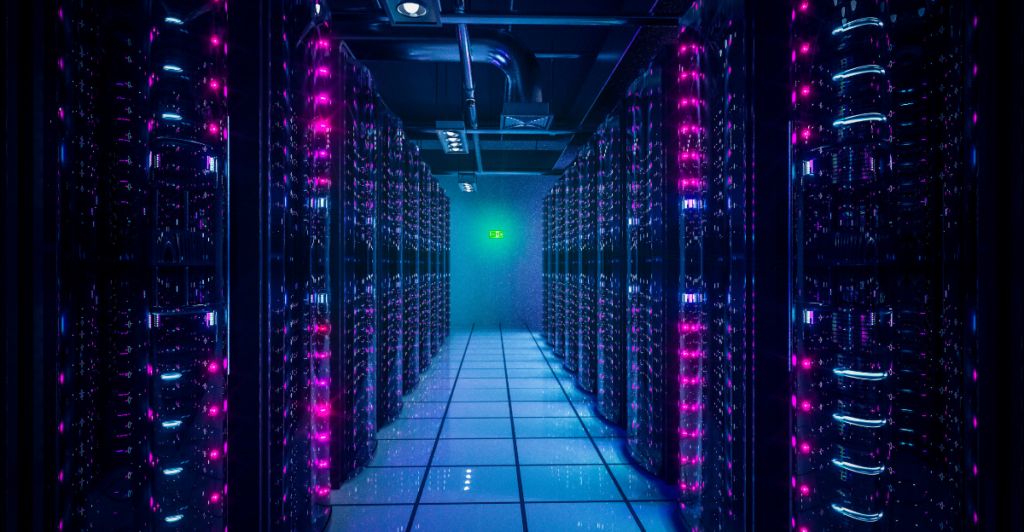
AI isn’t going anywhere—but if we want to avoid an environmental crisis, tech companies need to take responsibility. The hidden costs of AI go far beyond electricity, and if we don’t start fixing them now, we’re setting ourselves up for a high-tech disaster. So the real question is: Will we demand sustainable AI, or will we just let it keep draining the planet?
Explore more of our trending stories and hit Follow to keep them coming to your feed!

Don’t miss out on more stories like this! Hit the Follow button at the top of this article to stay updated with the latest news. Share your thoughts in the comments—we’d love to hear from you!







